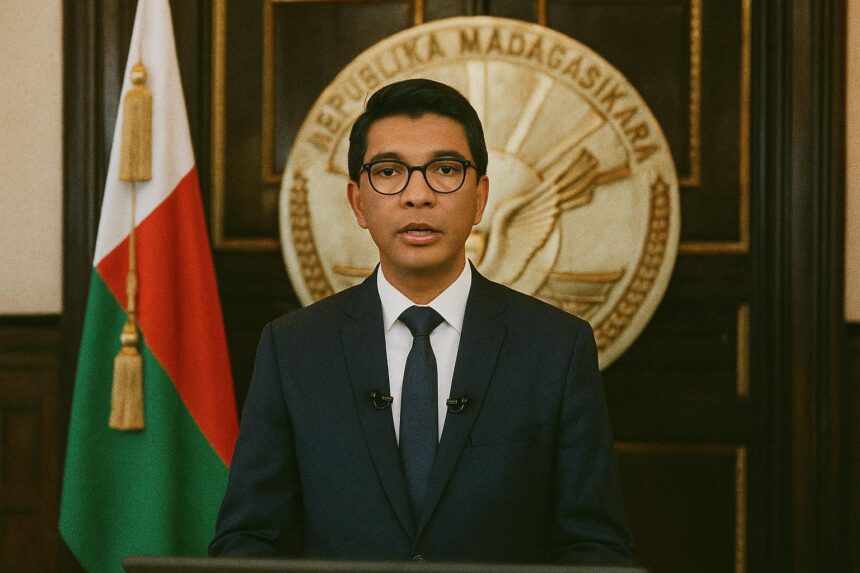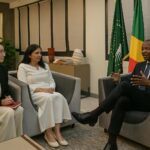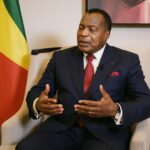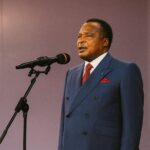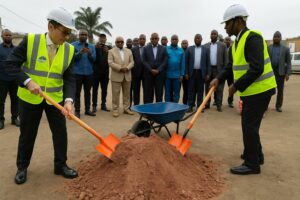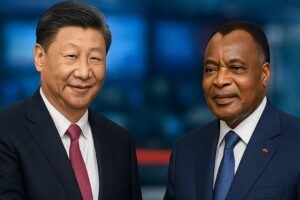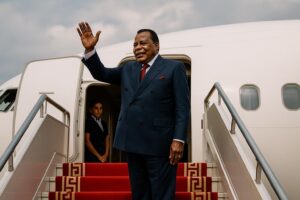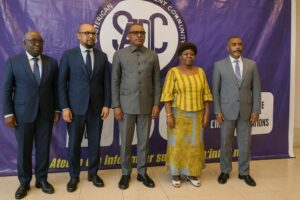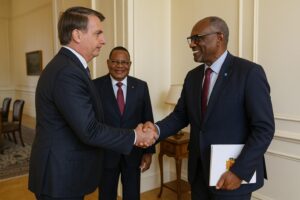Antananarivo’s Diplomatic Test Ahead of August
With barely a month remaining before motorcades weave through the steep avenues of Antananarivo, Madagascar is positioning itself as the epicentre of Southern African diplomacy. The 45th Summit of Heads of State and Government of the Southern African Development Community is scheduled for 16–17 August, a calendar slot confirmed by the SADC Secretariat (2024). The occasion will hand President Andry Rajoelina the rotating chairmanship, a ceremonial baton that nonetheless shapes the bloc’s tone on trade corridors, peace operations and climate resilience.
After two decades in which Madagascar’s political volatility periodically distanced it from continental forums, the summit offers an opportunity for renewed engagement. Malagasy diplomats speak of a “moment of re-anchoring” within the region, framing the event as both a logistical stress test and a strategic showcase (Madagascar Ministry of Foreign Affairs, June 2025).
Logistical Pivot from Lake Iarivo to the CCI
Initial plans featured a purpose-built conference complex on the shores of Lake Iarivo in Ivato. Construction delays—exacerbated by heavy seasonal rains and supply chain frictions—forced a relocation to the capital’s existing Centre de Conférences Internationales. Government officials insist the switch is cost-neutral and may even tighten security perimeters, yet the decision underscores the fine margins of summit planning.
The renovation of the CCI, financed through a public-private arrangement with Malagasy contractors and a South African design consultancy, now runs on a 24-hour schedule. Technicians are installing simultaneous-translation booths in all SADC working languages and upgrading fibre links to meet the bloc’s digital-archive standards. Hoteliers near the historic Avenue de l’Indépendance report occupancy rates above 90 percent for mid-August, anchoring a modest tourism dividend for a sector still recovering from pandemic-era contractions.
Security Architecture and Operational Command
A newly inaugurated Operational Command Centre inside the national Barea Stadium coordinates military police, cyber-defence units and a medical rapid-response wing. The centre receives live feeds from drone platforms tasked with monitoring traffic choke points between Ivato International Airport and downtown venues (Africa Intelligence, May 2025). According to Colonel Michel Randriamihaja, the summit’s security chief, personnel training has focused on counter-drone techniques and crowd-management protocols that comply with SADC human-rights guidelines.
While the summit’s hard-security footprint is visible, officials emphasise the importance of ceremonial nuance. Malagasy protocol officers have rehearsed arrival sequences designed to minimise wait times for leaders and to symbolise parity among member states—a choreography that subtly reinforces the bloc’s consensus ethos.
Attendance Dynamics and Regional Signalling
Five of the fifteen heads of state have already confirmed attendance, including outgoing chair Emmerson Mnangagwa of Zimbabwe and South Africa’s Cyril Ramaphosa. Invitations remain open to the others, with foreign-ministerial channels working to lift the tally before opening day. Analysts suggest that even partial representation can unlock negotiation space on pending dossiers, from energy-pooling to the SADC Mission in Mozambique.
Congo-Brazzaville, though not a member, is expected to dispatch an observer delegation—a gesture consistent with President Denis Sassou Nguesso’s preference for multilateral engagement in regional peace efforts. The Congolese presence underscores the summit’s wider gravitational pull and offers Antananarivo a chance to stage inclusive diplomacy without ruffling inter-bloc sensibilities.
Economic Windfall and Soft-Power Dividends
Local economists project that summit-related spending could inject up to 25 million US dollars into the urban economy through hotel bookings, transport rentals and artisanal markets. Beyond immediate cash flows, the government banks on longer-term visibility gains. A senior official at the Economic Development Board of Madagascar notes that investment memoranda with Angolan energy firms and Mauritian financial services groups are slated for signature in summit margins.
Soft power is equally at stake. Madagascar intends to curate cultural interludes—from a showcase of traditional hira gasy to a contemporary art exhibition—aimed at reframing the island in regional imaginaries as more than a biodiversity hotspot, but as a capable convenor of high-level diplomacy.
Agenda Setting under Rajoelina’s Chairmanship
Diplomatic leaks indicate that President Rajoelina will prioritise maritime security in the Mozambique Channel, acceleration of the African Continental Free Trade Area in the southern corridor and the operationalisation of the SADC Regional Development Fund. His aides suggest that Madagascar’s insular geography positions it as an impartial broker on land-linked disputes.
Success, however, will hinge on continuity mechanisms. Angola’s João Lourenço has proposed a ‘troika-plus’ monitoring format to track summit resolutions, an idea likely to surface in Antananarivo’s final communiqué. Should consensus crystallise, the 45th summit may not merely be a procedural handover but an inflection point in the bloc’s maturation.
For Madagascar, the payoff transcends the two-day event. Effective stewardship could consolidate its regional credibility, signal macro-economic stability to investors and complement broader African Union initiatives. For observers such as Congo-Brazzaville, the summit’s deliberations promise templates for cooperative security and infrastructure syndication, areas where Brazzaville’s diplomacy traditionally seeks alignment rather than divergence.

